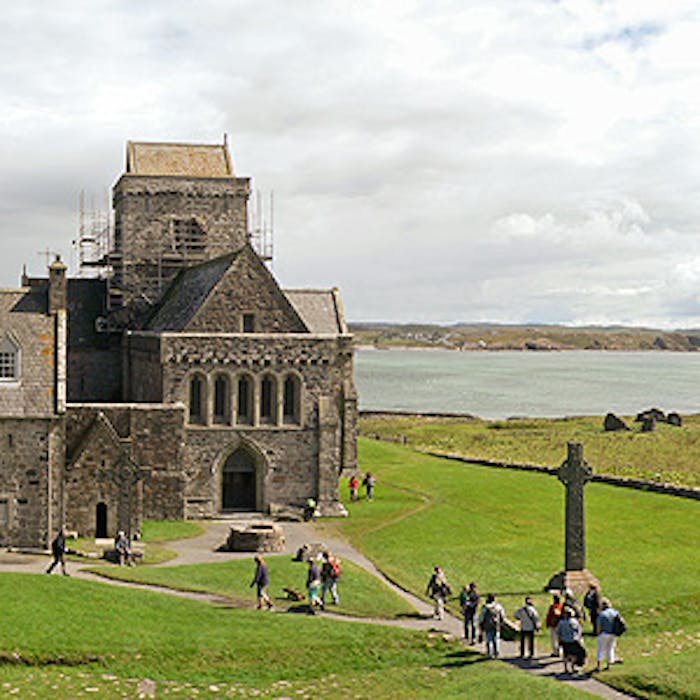
Iona - Scotland's ancient Christian heart
The tiny Scottish island of Iona is thought to be the first Christian site in Scotland and was the burial place of many early Scottish kings including Macbeth. The late Labour Party leader John Smith was also buried here in the Abbey cemetery in 1994.
Iona is off the southwest coast of Mull in the Inner Hebrides. It is only 1.5 miles wide by 3 miles long, with a population of around 170 permanent residents. Iona has a long and illustrious history and is well known as being ‘The Cradle of Christianity’ in Scotland.
The island is best known for Iona Abbey, which was a centre of Gaelic monasticism for three centuries. It is thought that the distinctive Celtic cross (with the ring around the intersection of the cross) was first developed here.
The abbey was founded in 563 by the monk Columba, who sailed here from Ireland to live the monastic life with twelve companions. The monastery was hugely successful, and may have played a role in the conversion to Christianity of the Picts of present-day Scotland in the late 6th century, and was certainly central to the conversion of the Anglo-Saxon kingdom of Northumbria in 635.
Iona became a renowned centre of learning, and its scriptorium produced highly important documents.
Viking raids saw these early glory years come to an end, and the abbey's many treasures were taken away to Ireland or the mainland for safety in 849, as Iona was abandoned.
There were various tussles for control of Iona between the Norwegians and the Scots until the 1266 Treaty of Perth, when the Hebrides were formally transferred from Norwegian to Scottish overlordship.
A convent for Augustinian nuns had already been established in about 1208, and the Abbey re-occupied. The buildings remaining today are of the Benedictine abbey from about 1203, and the ruins of the convent. Both were dissolved at the Reformation.
Much of the main island is now owned by the National Trust for Scotland, whilst he abbey and some church buildings are owned by the Iona Cathedral Trust.
It is thought around 150,000 people a year visit this historic spot.
Further reading
Links to external websites are not maintained by Bite Sized Britain. They are provided to give users access to additional information. Bite Sized Britain is not responsible for the content of these external websites.
